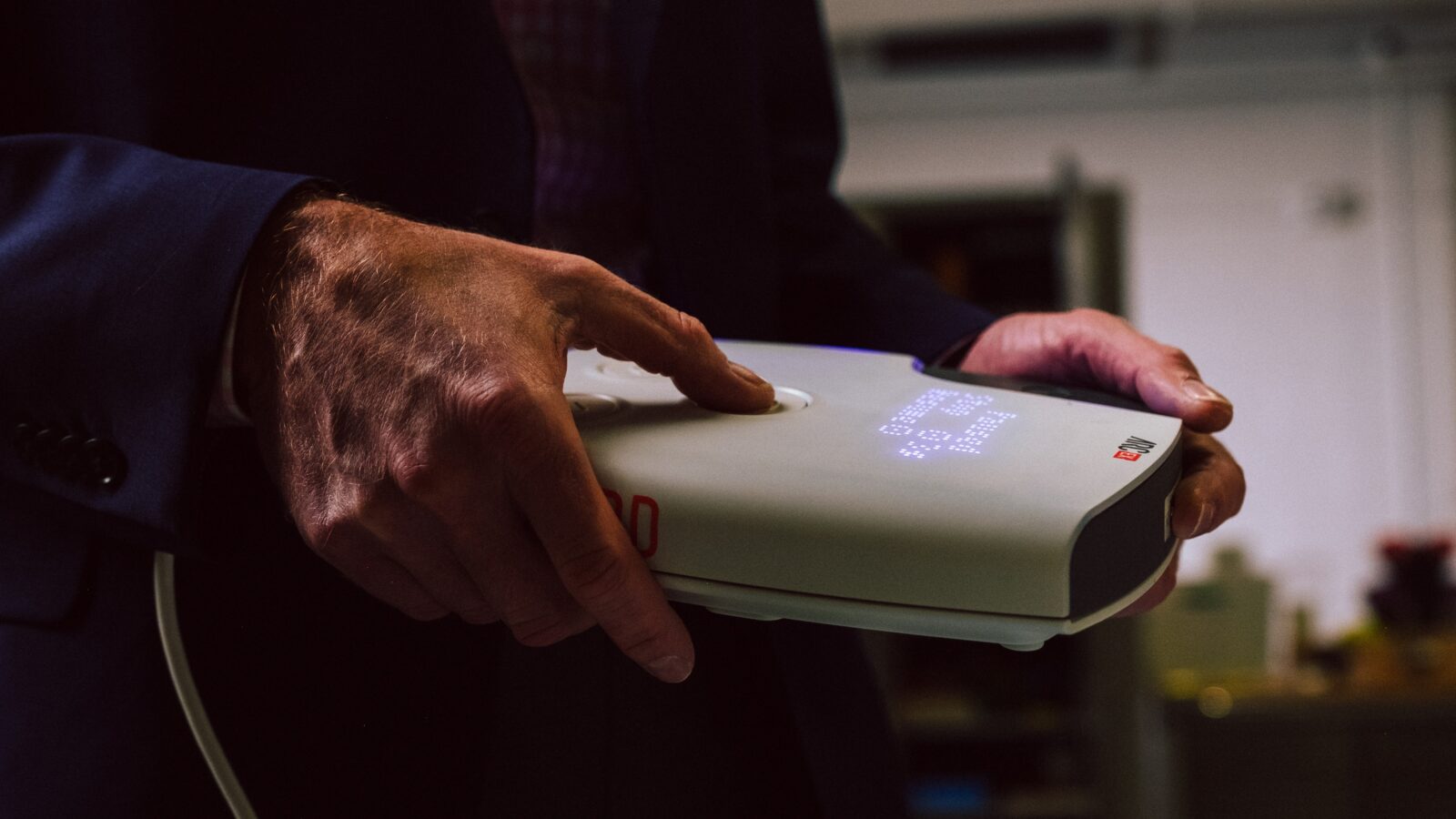In a world that often champions perfection and flawless exteriors, the ancient Japanese art of Kintsugi offers a profoundly different and refreshingly human perspective. Meaning “golden joinery,” Kintsugi is the exquisite practice of repairing broken pottery with lacquer mixed with powdered gold, silver, or platinum. Rather than hiding the cracks and fractures, Kintsugi illuminates them, transforming what was once broken into something even more beautiful and resilient. This philosophy, deeply embedded in Japanese aesthetics, holds remarkable parallels to our own journeys with mental health.
At its core, Kintsugi is an embodiment of the Japanese philosophy of wabi-sabi, which celebrates imperfection, transience, and the beauty found in natural cycles of growth and decay. A shattered teacup, meticulously mended with gleaming veins of gold, tells a story of its history, its trauma, and its subsequent healing. The mended object is not merely restored to its original state; it is elevated, imbued with new character and a unique narrative.
The connection between Kintsugi and mental health becomes strikingly clear when we consider how we often approach our own psychological wounds. In a society that frequently stigmatizes mental health struggles, there’s a pervasive pressure to conceal our vulnerabilities, to appear “put together” even when we feel shattered inside. We might fear judgment, rejection, or simply the discomfort of acknowledging our brokenness. However, much like the Kintsugi master who doesn’t discard a fractured bowl, true healing often begins when we acknowledge and accept our cracks.
Kintsugi offers a powerful metaphor for resilience and post-traumatic growth. Just as the golden seams highlight the journey of repair, our own experiences with mental health challenges, when navigated with self-compassion and support, can lead to profound personal development. The scars we carry – be they from anxiety, depression, trauma, or loss – do not diminish our worth. Instead, they can become markers of our strength, our capacity to heal, and the unique wisdom we gain through adversity.
Embracing the Kintsugi philosophy in our mental health journey means:
- Accepting Imperfection: Understanding that it’s okay to not be okay. Our struggles are part of the human experience, and striving for an unattainable “perfect” state can be detrimental to our well-being.
- Acknowledging Our Wounds: Rather than suppressing or ignoring our pain, Kintsugi encourages us to gently examine our cracks. This doesn’t mean dwelling in them, but rather acknowledging their existence as a crucial first step toward healing.
- Valuing the Repair Process: Healing is not a linear journey, and it often involves significant effort and time. Just as the Kintsugi artist patiently mends, we too must be patient and kind to ourselves as we navigate our recovery.
- Finding Beauty in Resilience: The “golden joins” of our own mental health journeys are the insights we gain, the empathy we develop, the connections we forge, and the newfound strength we discover within ourselves. These experiences, though born from hardship, can make us more compassionate, understanding, and truly unique individuals.
- Challenging Stigma: By openly acknowledging our struggles and embracing our healing, we contribute to dismantling the stigma surrounding mental health. Like a Kintsugi piece proudly displaying its golden repairs, we can inspire others to see beauty and strength in their own vulnerabilities.
In a world that often encourages us to discard what is broken, Kintsugi reminds us of the inherent value in everything, even that which has been damaged. It’s a poignant testament to the idea that our imperfections do not detract from our beauty; they enhance it, making us not only whole again, but even more precious and resonant. Just as the Kintsugi master transforms shattered pottery into a work of art, we too can transform our experiences with mental health challenges into a testament to our enduring spirit and the remarkable capacity for healing that lies within us all.




Leave a Reply